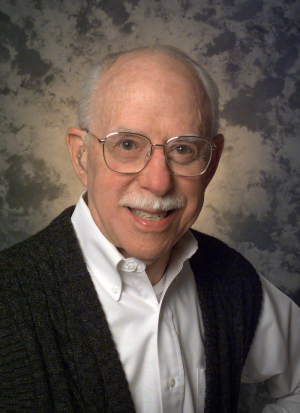In 1977, Betsy and John moved their labs to Brookhaven National Laboratory, in Long Island, New York. “Richard Setlow had moved to Brookhaven, and he recruited us,” John says. Yet the Sutherlands had just gotten tenured, and as John recalls, “We had a nice house in Laguna Beach with a view of Sta. Catalina island, a pleasant place to be.”
Going east was not an easy decision. What clinched the move, John recalls, was Betsy’s question: "Where can we get more done?"
Someone who remembers the “great migration” vividly is William H. Farland, then a postdoctoral fellow working with Betsy and John on photoreactivating enzymes in human cells. “I joined Betsy’s lab in 1976, and not much later I was told that the two labs were going to Brookhaven. I could either join the move or find another place for a postdoc.”
Except for one graduate student, everyone working with Betsy and John moved across the country, Farland says. “The opportunities on Long Island looked good.”
Packing, moving, and then restarting the labs in Brookhaven took about three months, Farland estimates. He and his wife, Phyllis, however had more to do than anyone else: They had to move a horse, belonging to Phyllis, who was a professional rider and trainer. The move was disruptive, Farland says, “but it was also a bonding experience. It brought the group closer.”
In 1977, Betsy and John moved their labs to Brookhaven National Laboratory, in Long Island, New York. “Richard Setlow had moved to Brookhaven, and he recruited us,” John says. Yet the Sutherlands had just gotten tenured, and as John recalls, “We had a nice house in Laguna Beach with a view of Santa Catalina Island, a pleasant place to be.”
Going east was not an easy decision. What clinched the move, John recalls, was Betsy’s question: “Where can we get more done?” And John said, “At Brookhaven. Because Brookhaven is a research institution. You exist to do only research.”
Someone who remembers the “great migration” vividly is William H. Farland, then a postdoctoral fellow working with Betsy and John on photoreactivating enzymes in human cells. “I joined Betsy’s lab in 1976, and not much later I was told that the two labs were going to Brookhaven,” Farland recalls. “I could either join the move or find another place for a postdoc.”
Except for one graduate student, everyone working with Betsy and John moved across the country, Farland says. “The opportunities on Long Island looked good.”
Packing, moving, and then restarting the labs in Brookhaven took about three months, Farland estimates. But he and his wife, Phyllis, had more to do than anyone else: They had to move a horse, belonging to Phyllis, who was a professional rider and trainer. The move was disruptive, Farland says, “but it was also a bonding experience. It brought the group closer.”
At Brookhaven. Because Brookhaven is a research institution. You exist to do only research.

